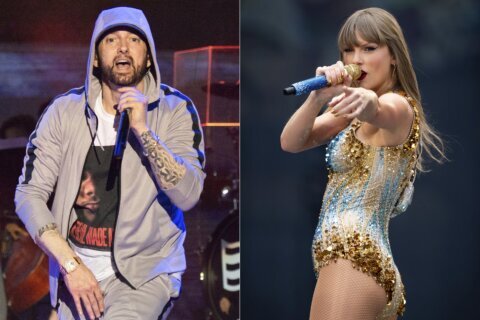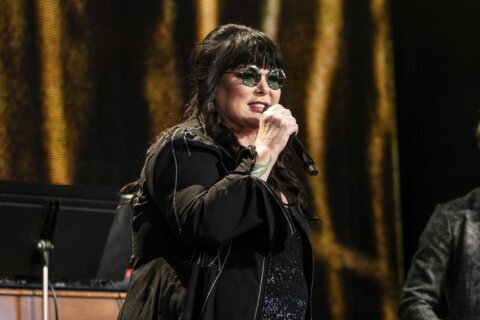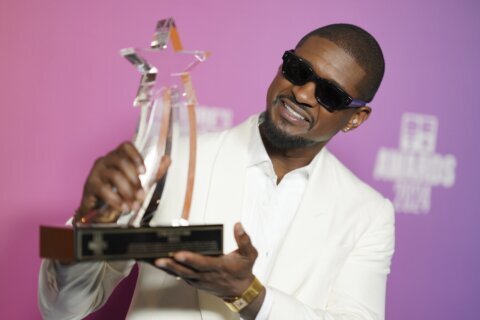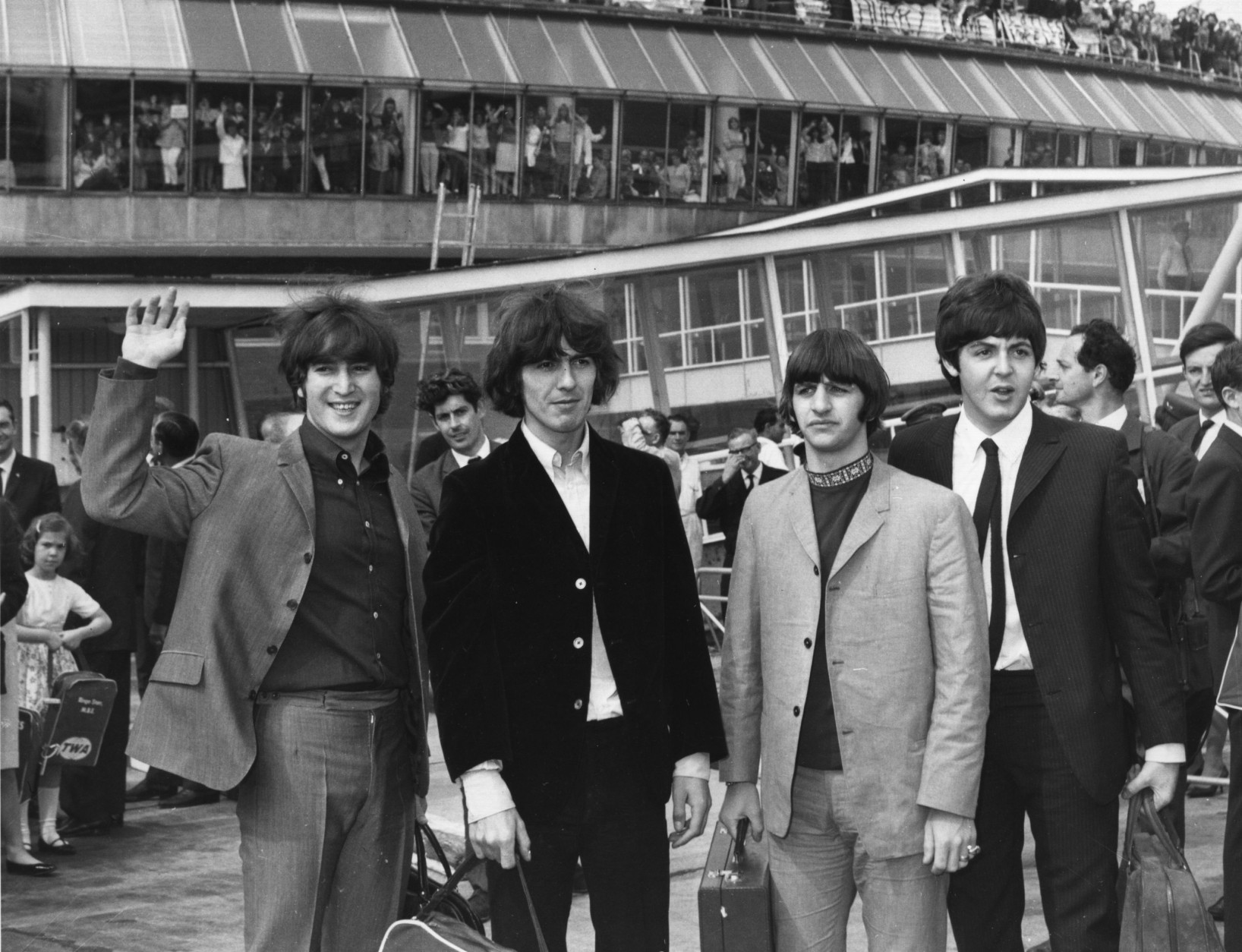
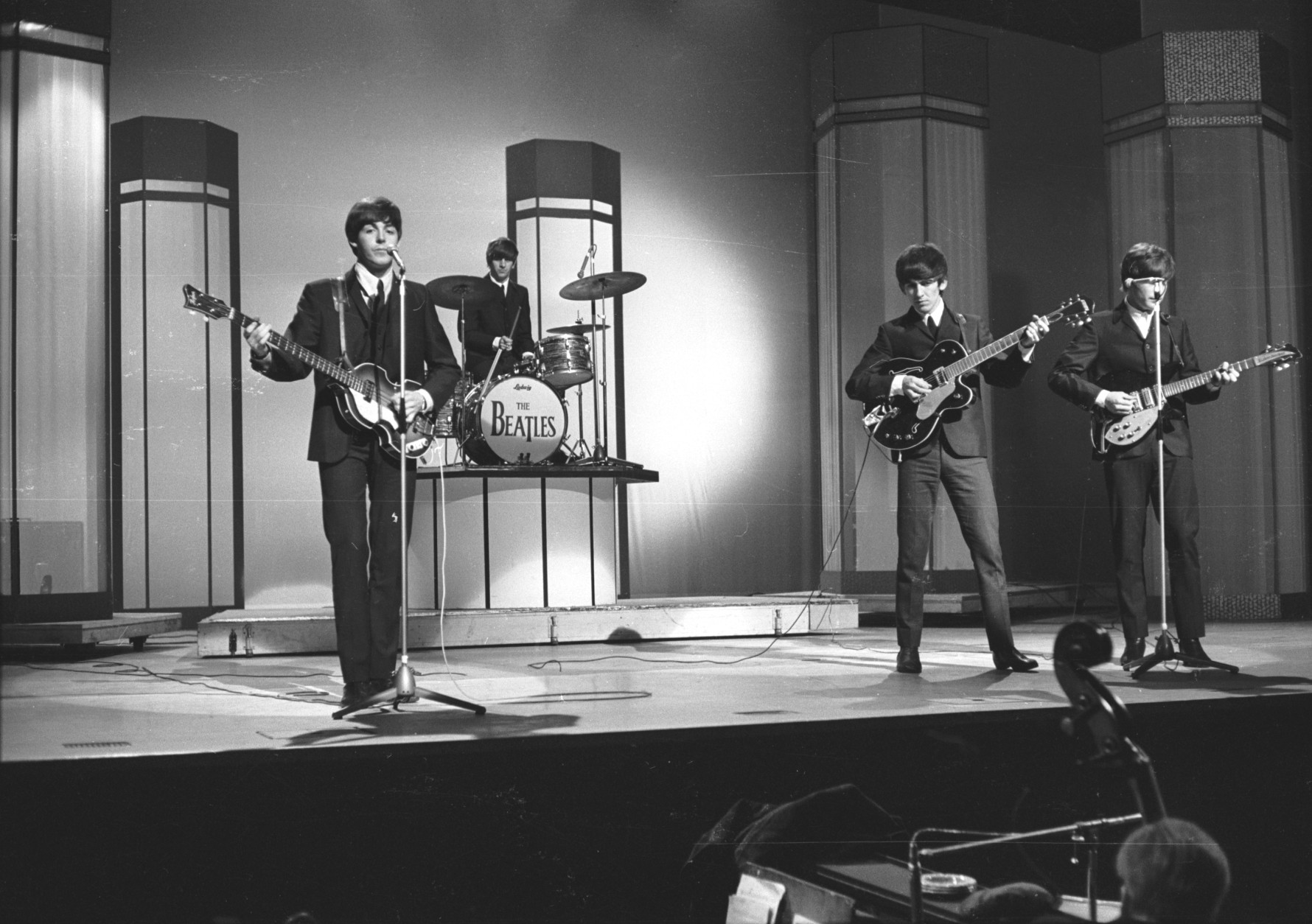
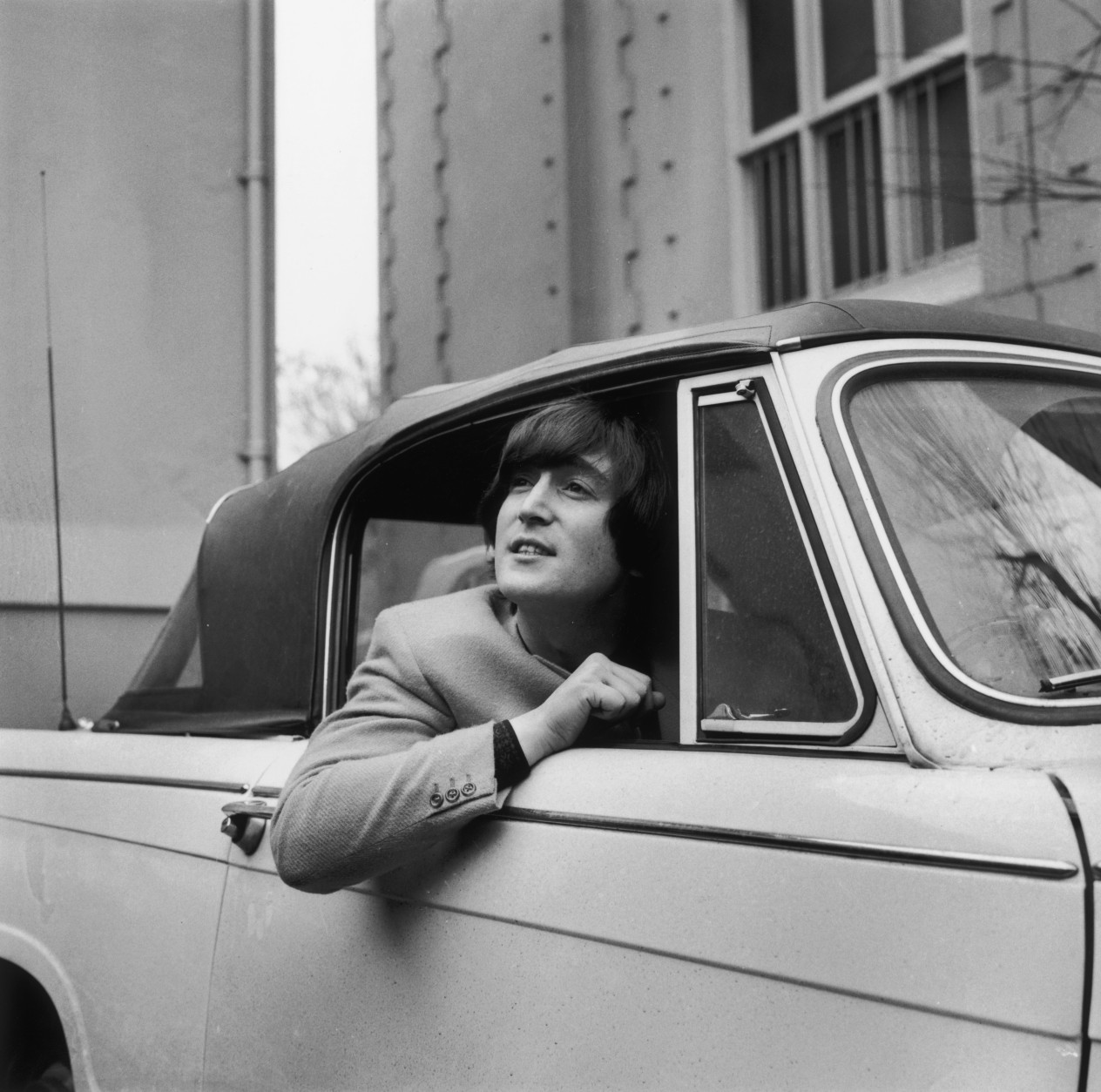
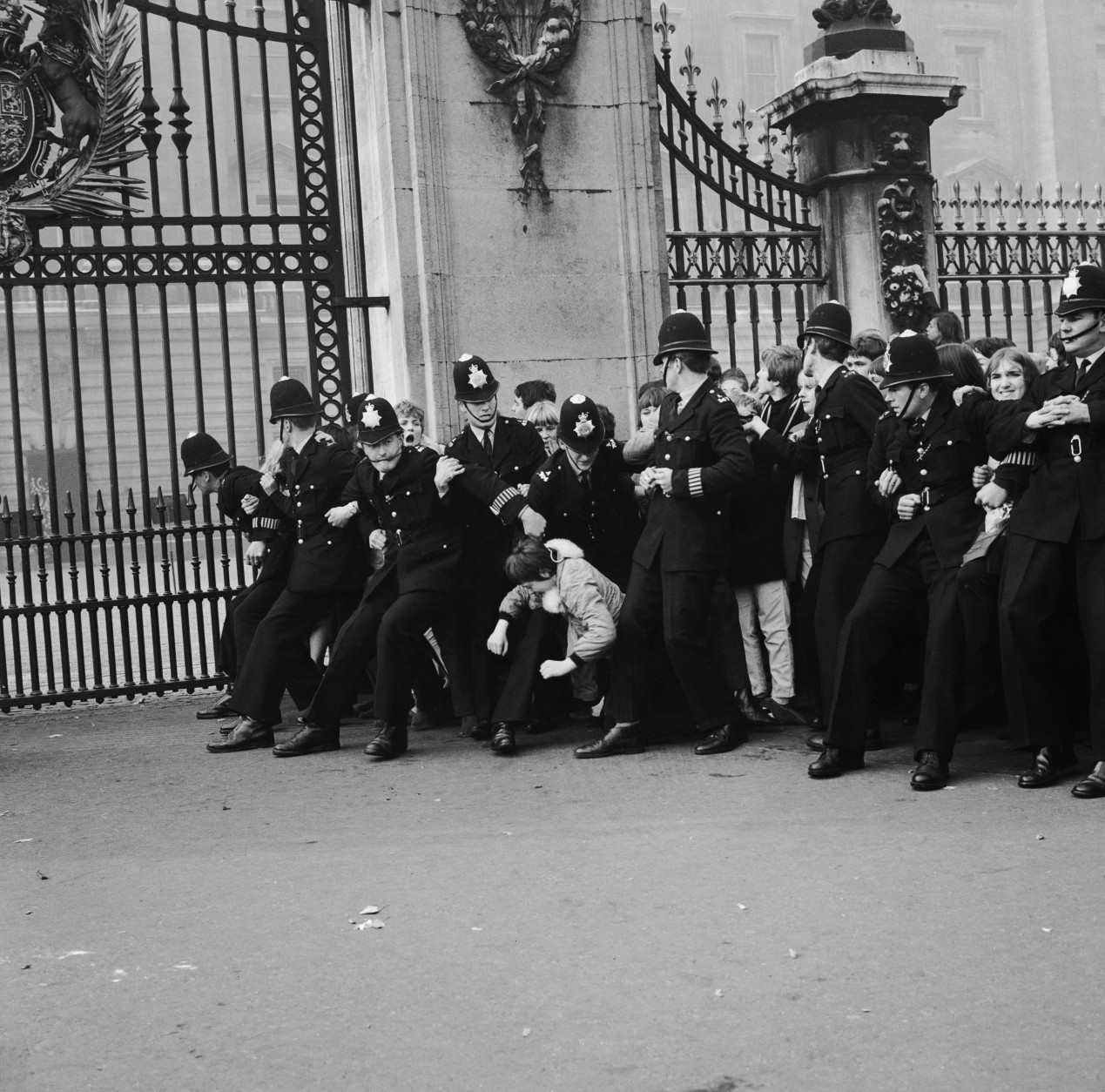
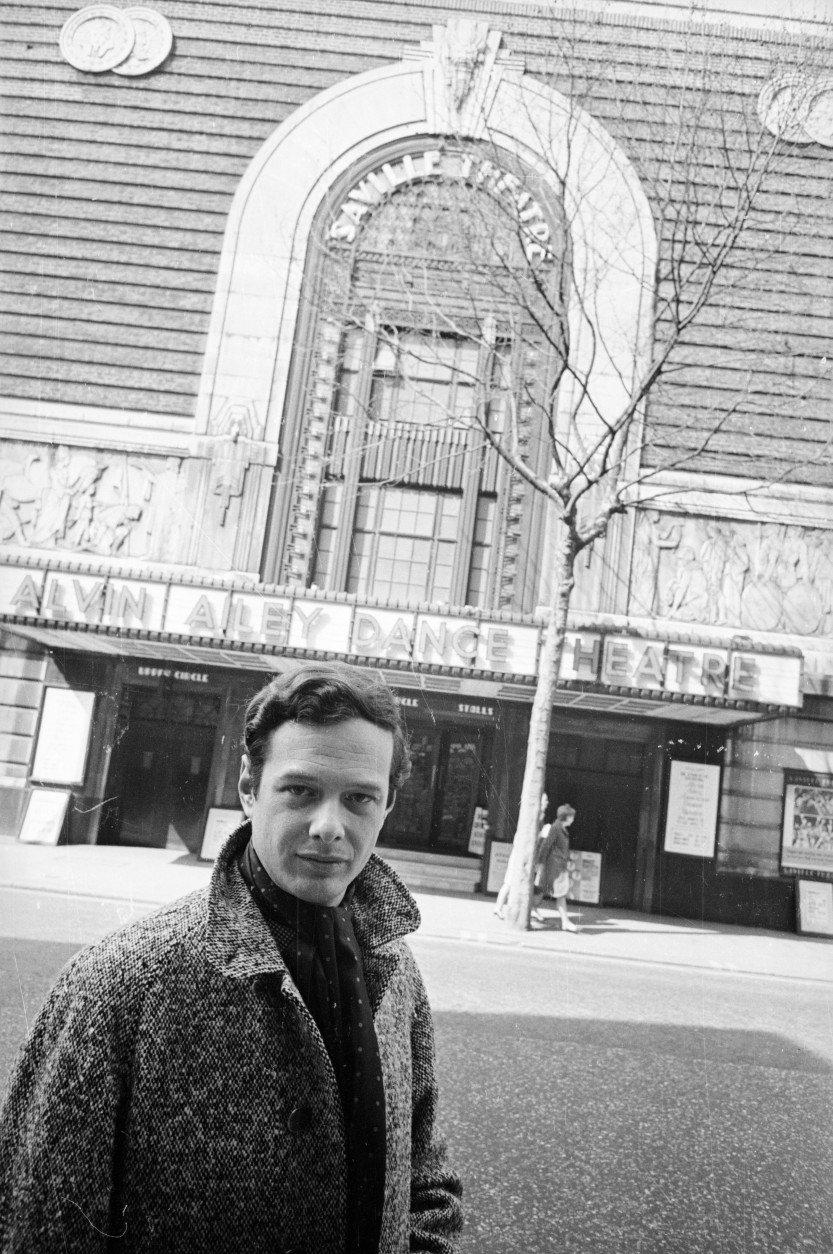
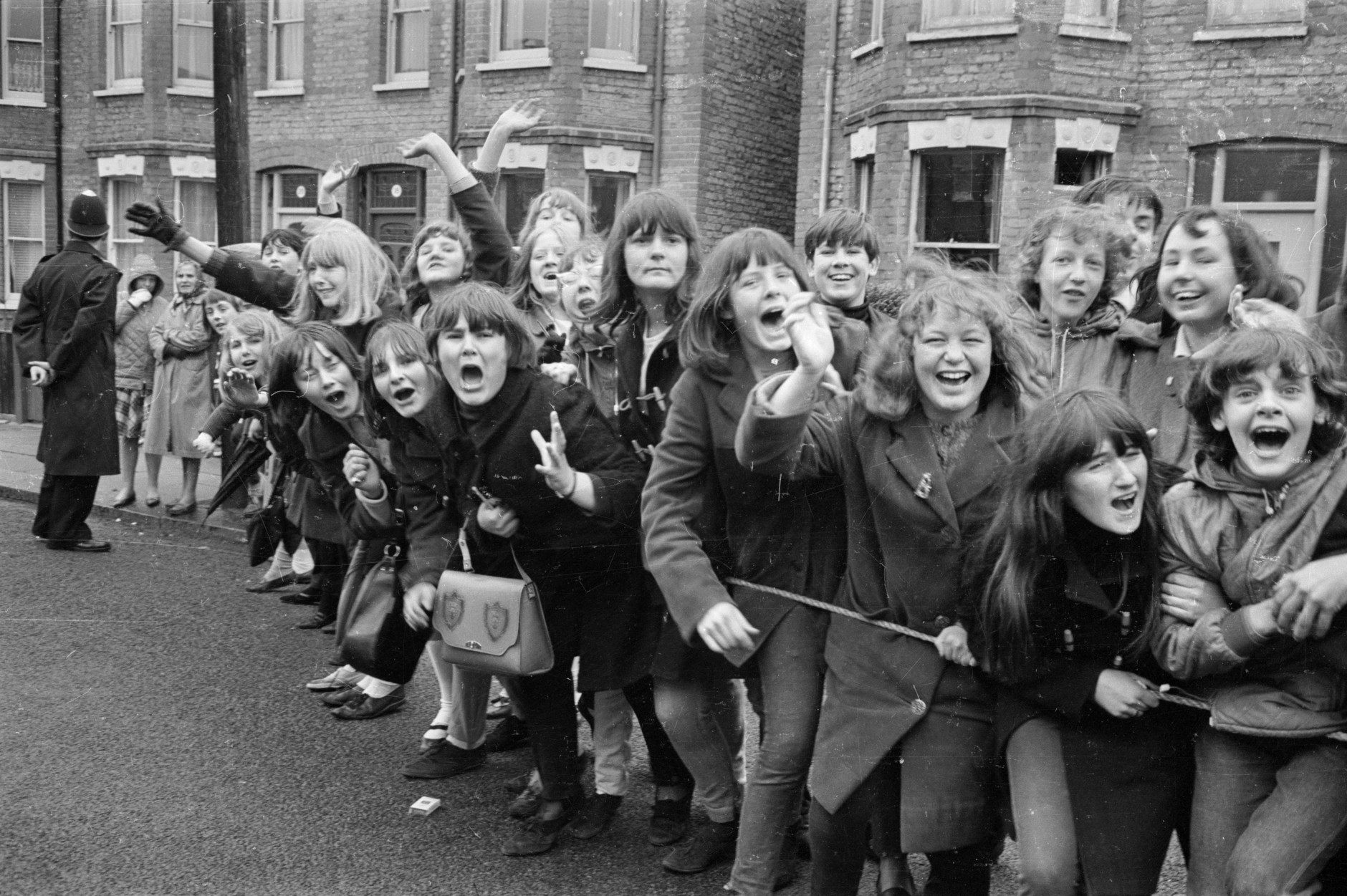
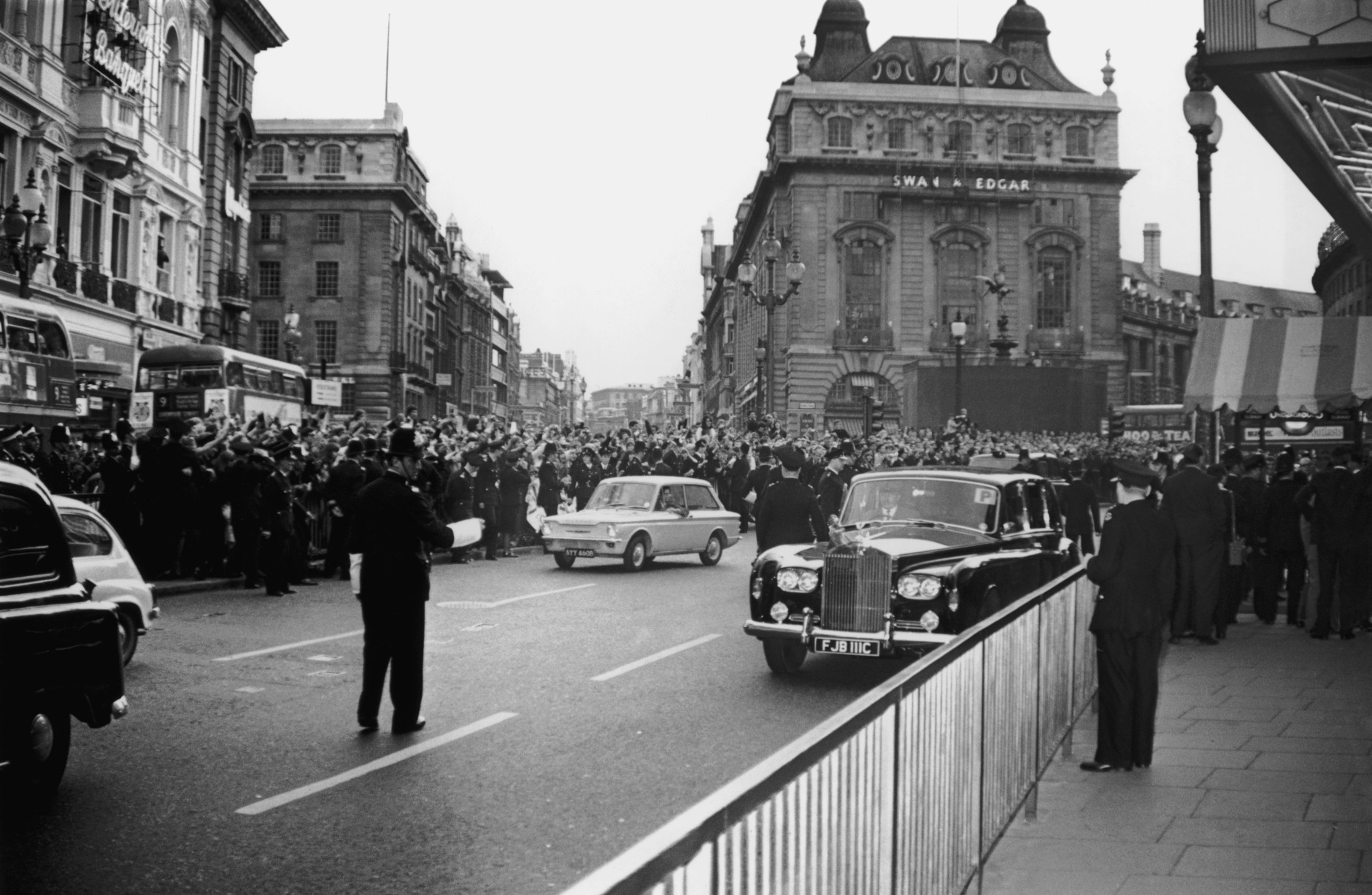
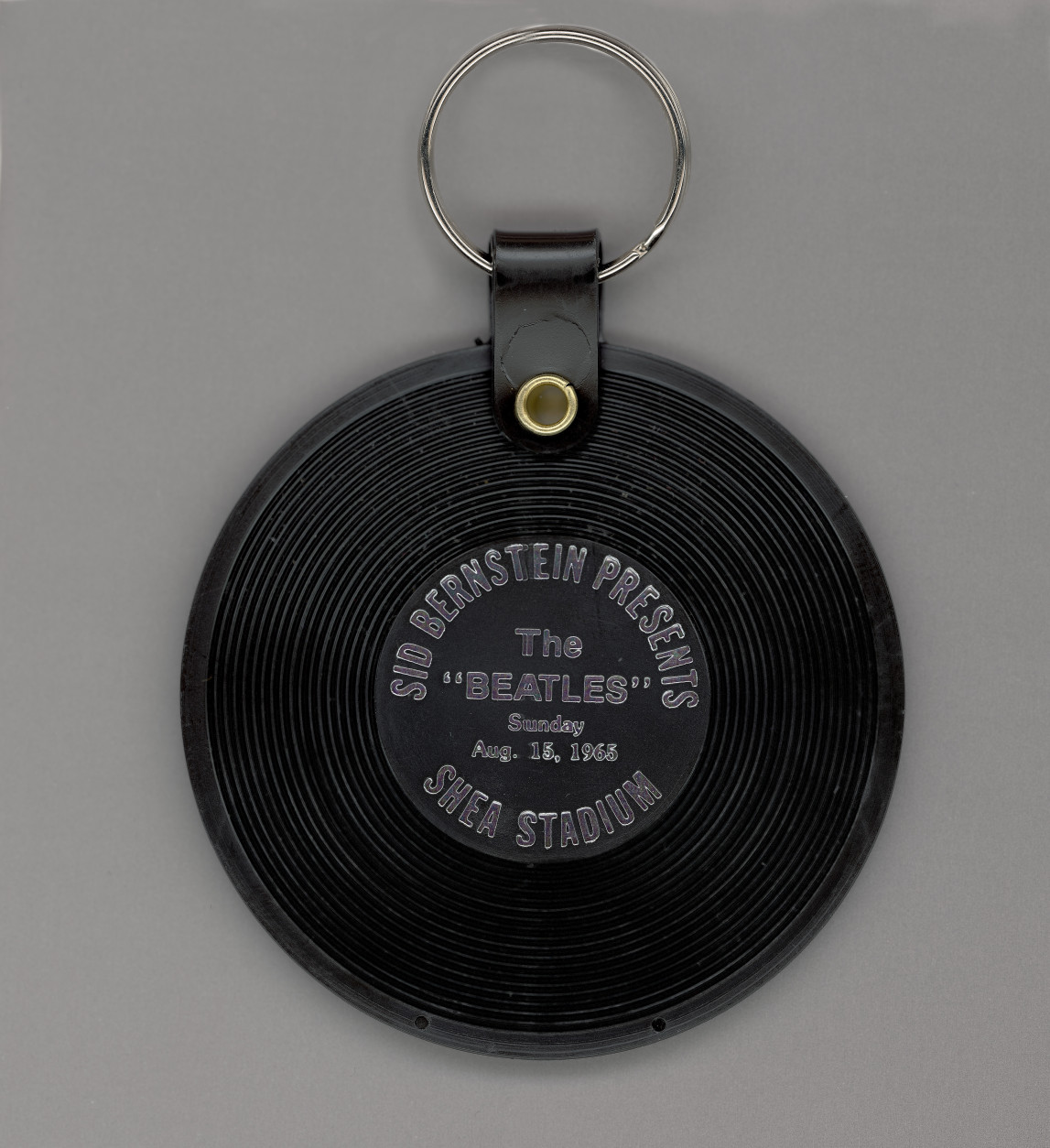
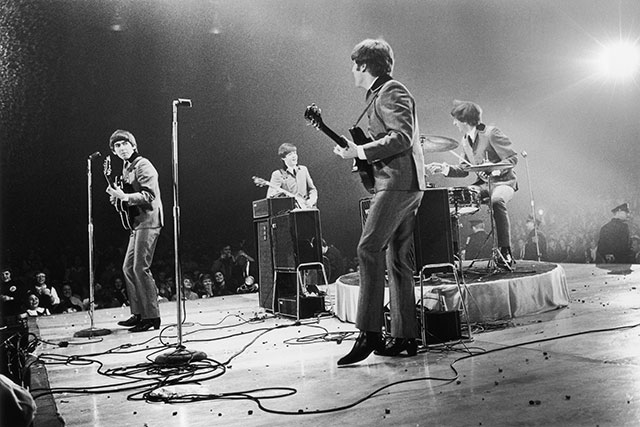
(Getty Images)
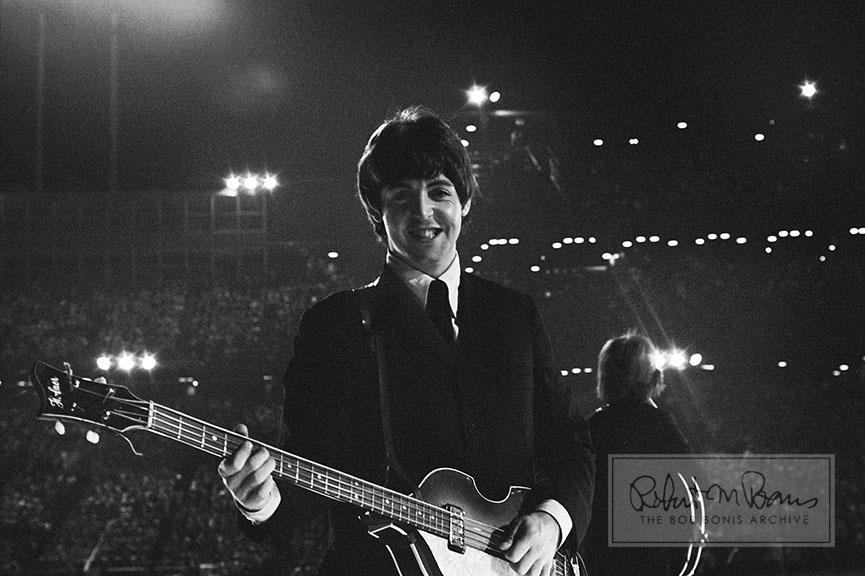
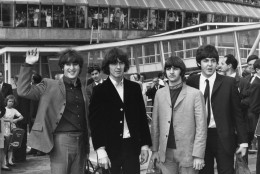
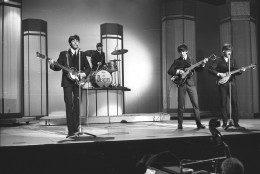
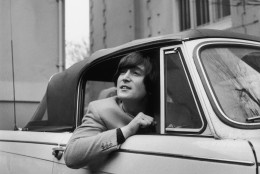
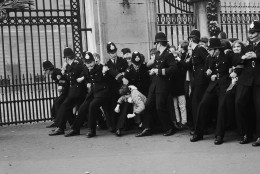
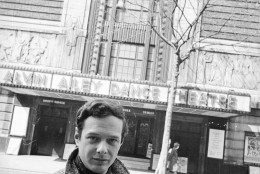
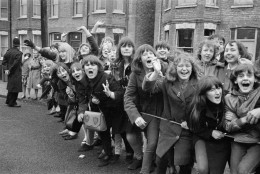
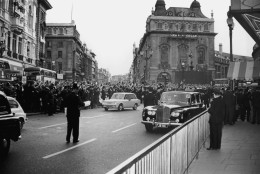
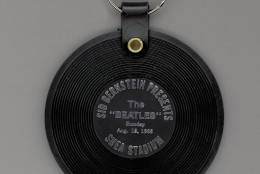
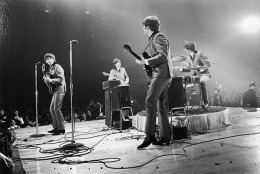
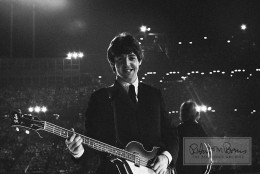
WASHINGTON — After the initial flush of Beatlemania, and the British band’s first two tours of America, something remarkable happened to The Beatles.
Their music got even better.
“‘Rubber Soul’ really opened my ears to new sounding music,” says longtime Washington-area disc jockey Cerphe Colwell. “Beatles producer George Martin seemed to grow and mature alongside the band’s remarkable songwriting and production techniques.”
The Beatles sixth studio album was released Dec. 3, 1965, in time for the Christmas shopping season, having been recorded in just over one month.
Cerphe says songs like “Norwegian Wood,” “Michelle,” and “In My Life,” were more sophisticated than earlier hits.
“When The Beatles met Bob Dylan, The Byrds, and the Beach Boys, their writing began showing more intensive introspection,” says Cerphe, of Music Planet Radio. “It wasn’t just love songs anymore from them, they’d moved toward poetry and politics.”
And it wasn’t just the sound — The Beatles looked different.
“I’ll never forget first seeing the cover for ‘Rubber Soul,'” says Chris Murray, owner of locally-based Govinda Gallery.
The photo, taken by photographer Robert Freeman (who had also shot the “Meet The Beatles” cover) featured George Harrison, John Lennon, Ringo Starr, and Paul McCartney, in suede jackets, with the image stretched in psychedelic trippiness.
Unlike most albums of the era, “Rubber Soul”‘s front cover didn’t include the band’s name, just the album title, with the lettering approximating a boot’s heel.
“I was a freshman at Georgetown University and it’s the year I first ‘turned on,'” recalls Murray. “Turning on didn’t mean then just getting high — it meant opening up your soul, and expanding your consciousness.”
The Beatles have acknowledged marijuana played a large role in the songwriting and instrumentation of “Rubber Soul,” but it wasn’t just drugs the band members were experimenting with.
“‘Norwegian Wood’ had a sitar — no rock band or pop song ever featured a sitar before that song,” says Cerphe. “Arguably, by using a sitar on that track, George Harrison introduced ‘world music’ to our ears for the very first time.”
“Rubber Soul” is often cited by musicians as influential in their careers.
Anthony Meynell, singer/songwriter/guitarist with the British band Squire was struck by the album’s “Girl.”
“I ‘d heard it on my transistor radio from under my pillow in bed listening to late night Radio Luxembourg instead of being asleep,” says Meynell.
“It sounded so exotic, and the crackly reception made it sound like it was from outer space,” he said.
“It sounded so grown up and sophisticated compared to ‘Hard Days Night’ or ‘Help,’ and made me appreciate the value of not being constrained by the guitar, bass and drums of the band, but hearing the music in your head and striving for that,” said Meynell.
The record, which Rolling Stone ranks as the fifth-best album of all time, was a large step in the direction the band was heading creatively.
“‘Sgt. Pepper’ was to be released about a year and a half later and that album epitomized the new collective consciousness and awareness that was palpable in those days,” says Murray. “‘Rubber Soul’ was a precursor to that — and it was very hip.”
Just eight months after the release of “Rubber Soul,” The Beatles played their last live concert, Aug. 29, 1966 in San Francisco, choosing to concentrate on future albums, including “Revolver.”
“It was such a breakthrough record for me,” says Cerphe. “It’s aged very well over the last five decades — it still sounds great.”


